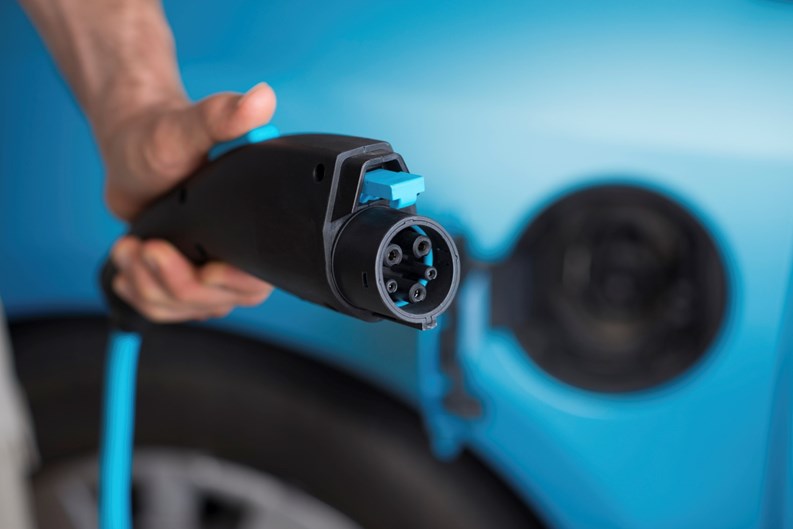Though the price of gas has fallen recently, so has the price of electric cars. And unlike gasoline, electric cars are only going to get cheaper. As they become more widespread, and more and more people begin to go green in all parts of their lives, co-op and condo boards will have to facilitate the changes needed by their individual buildings. Among the trickiest part could be providing parking for electric cars.
“The facilities need to be adapted to accommodate them. In other words, you got to run new electrical lines,” says Rudy Fusco, president of Deer Park-based Mr. Parking Lot.
Unfortunately adapting a parking garage so that electric cars can charge is not quite as simple as running extension cords out from wall sockets. A fair amount of planning is required to make sure that things go smoothly.
Spaced Out
“One of the biggest challenges we try to overcome are space issues. In condos, there’s limited parking and each space is associated with the owner. To avoid future costs for the condo association is to avoid each owner putting a station into their parking lot. What we like to do is have one station service multiple people. So the first thing I do when I get on the phone is ask them what their parking situation is. So if it’s open parking or free parking, we’ll try and work around that,” says Sason Gabay, the Eastern regional sales executive at CarCharging Group, a nationwide provider of electric vehicle (EV) charging services.
The CarCharging Group has partnered with Related Cos., to install EV stations in their multifamily residential properties throughout Manhattan in the Meatpacking District, West Village, Greenwich Village, Tribeca, Hell’s Kitchen, Midtown West, Midtown East, Upper East Side, Carnegie Hill, Upper Manhattan, as well as the Bronx Terminal Market.
The issue is that in order to get the needed electricity to the charging cars, they need to be located close to the largest power source in the garage. In New York that is the elevator.
“It really depends on the layout of the garage; usually something like that they try and minimize running the lines so it will be the main floor, closest to the box. Almost like a handicap spot, closest to the garage,” says Fusco.
Gabay notes that associations should control how many charging stations are installed in a garage very closely, since boards shouldn’t be treating owners differently. He gives an example in which a board allowed three different owners to install stations as they saw fit, which caused a big problem when a fourth came along and there was no room for another charging station. This resulted in a $25,000 addition so that he could install his station.
“We have an option that is one port. The way it works is there’s a notification system within the charging system that will notify the owners that the current car is done and the station is free. So it’s two to three cars per port. You don’t do more so people aren’t coming down in the middle of the night to plug their cars in,” says Gabay. “During the day, on a workday, you can do four to five per station.”
He notes that the average charge time for a car will depend on a few factors, the first being the sort of charge it can handle and the second being the use.
“A good rule of thumb, given average driving habits, is two to three hours,” says Gabay.
Charging for Usage
While associations can charge unit owners for use of a charging station, using it as a money maker will often just cause issues.
“Don’t view a charging station as a money maker, it’s an amenity you either need to stay competitive and draw owners to your building, or maybe it’s an image-building amenity. I usually do recommend if you want things to go easier during the voting process to put in a fee structure that will have the drivers pay for the cost of the electricity that they use. Just try to keep yourself cost-neutral,” says Gabay.
Making residents pay extra to charge their electric cars may just drive the people who would normally use it away, but charging users for the electricity they use isn’t a bad idea either. Just don’t think you’ll be using it to pay for that new swimming pool.
John Zurz is a staff writer for The Cooperator.







Comments
Leave a Comment